been hesitant to post 'cause I usually screw things up .
My trac came with those cracks up near the hood. Cowl crack,fender cracks no sure what you call them. I'll only show the left side but I had them on both sides.
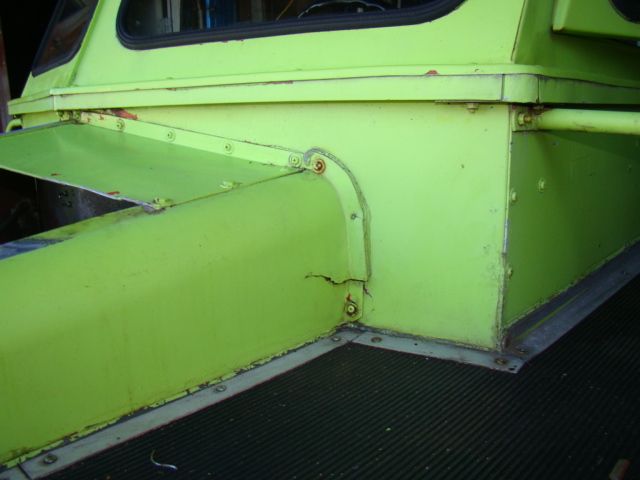
First I had some good help. Lyndon lives not far away and he was more than helpful in answering every question I had and gave me lots of good advice. Sometimes I thought I was borderline harassing him. It made me feel better when he brought his buddy Earl buy to show him.
I tightened and replaced the source of the cracks. All those bolts that hold the sheet metal down each side. About every third one was loose from a rusted out lock washer.
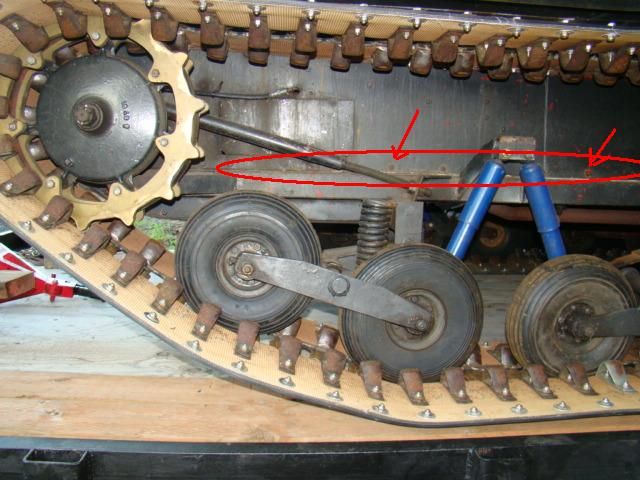
The weld. Please. The only training I had was in school back in 1970. Other than that it was trial and error on the dairy. I cut some reinforcement straps of aluminum and bolted it over . You can see I also added some red silicone to fill any gaps.
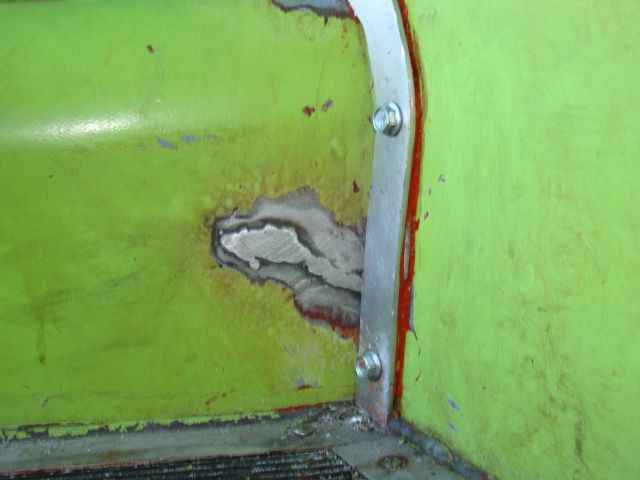
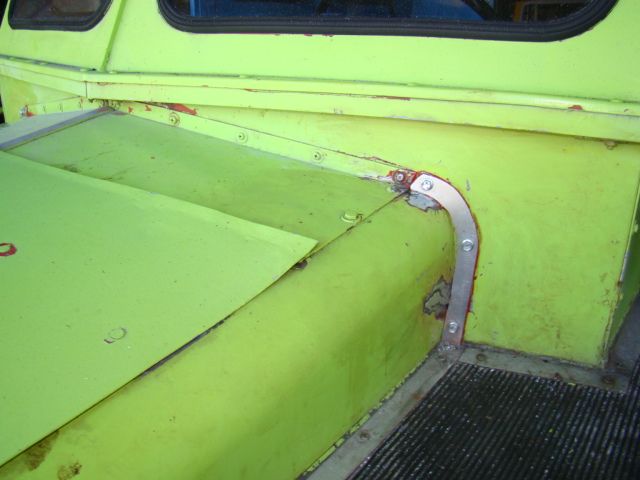
Front view . I am Not sure if I'll paint the aluminum cover straps or not.
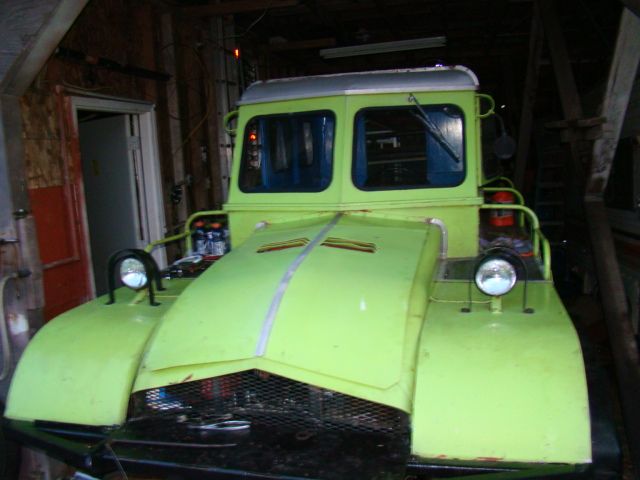
My trac came with those cracks up near the hood. Cowl crack,fender cracks no sure what you call them. I'll only show the left side but I had them on both sides.

First I had some good help. Lyndon lives not far away and he was more than helpful in answering every question I had and gave me lots of good advice. Sometimes I thought I was borderline harassing him. It made me feel better when he brought his buddy Earl buy to show him.
I tightened and replaced the source of the cracks. All those bolts that hold the sheet metal down each side. About every third one was loose from a rusted out lock washer.

The weld. Please. The only training I had was in school back in 1970. Other than that it was trial and error on the dairy. I cut some reinforcement straps of aluminum and bolted it over . You can see I also added some red silicone to fill any gaps.


Front view . I am Not sure if I'll paint the aluminum cover straps or not.





